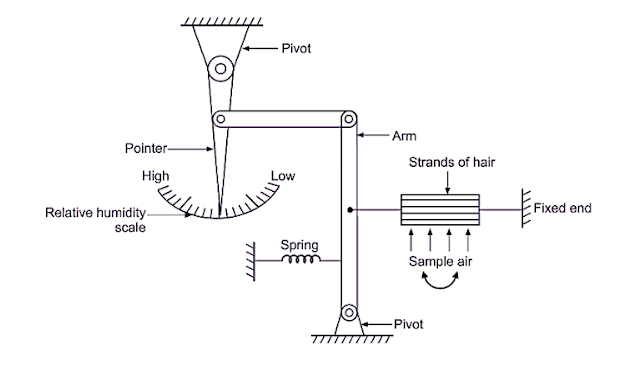Spray-drying
Spray-drying Spray-drying, a well-characterized pharmaceutical unit operation, is ideally suited to producing solid amorphous dispersions due to its rapid drying kinetics. Spray-drying is a widely used unit operation for pharmaceutical applications. In addition to its use in preparing solid amorphous spray-dried dispersions (SDDs), spray-drying is used in excipient manufacture, pulmonary and biotherapeutic particle engineering, the drying of crystalline active pharmaceutical ingredients (APIs), and encapsulation





